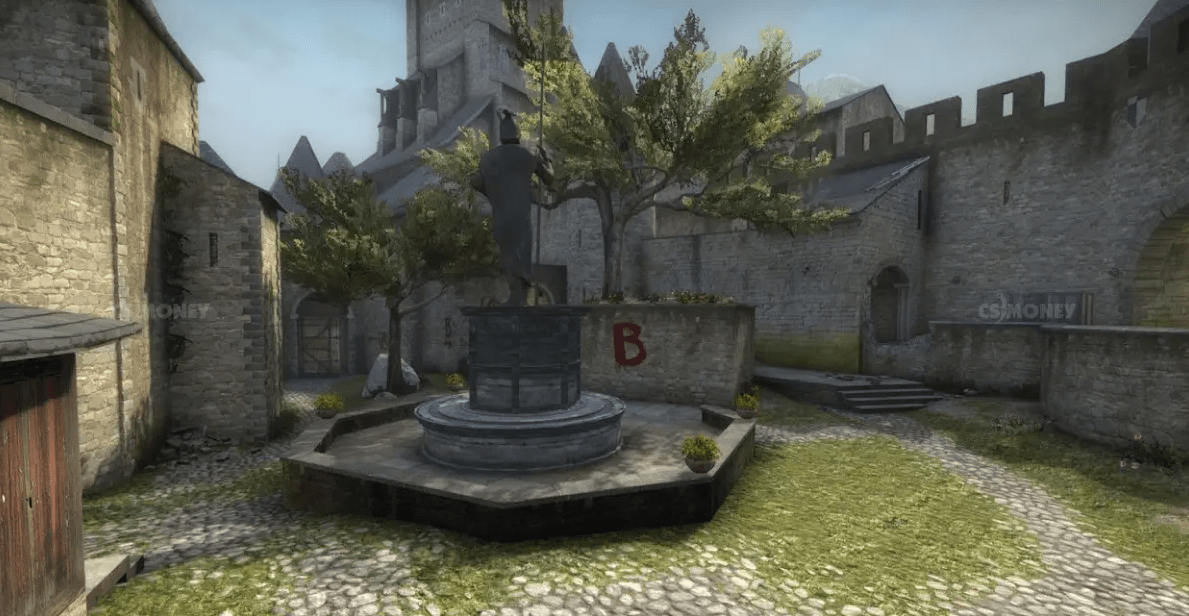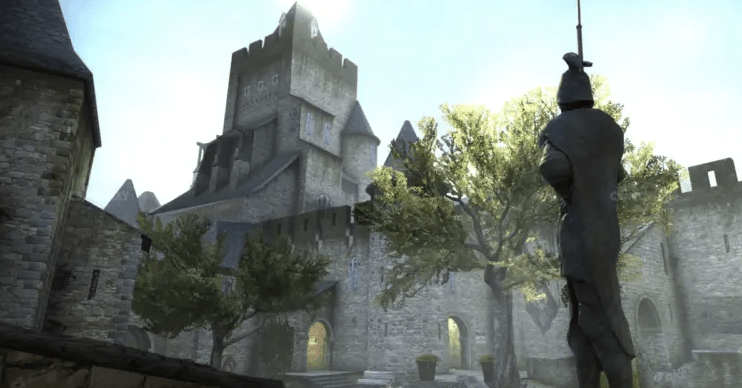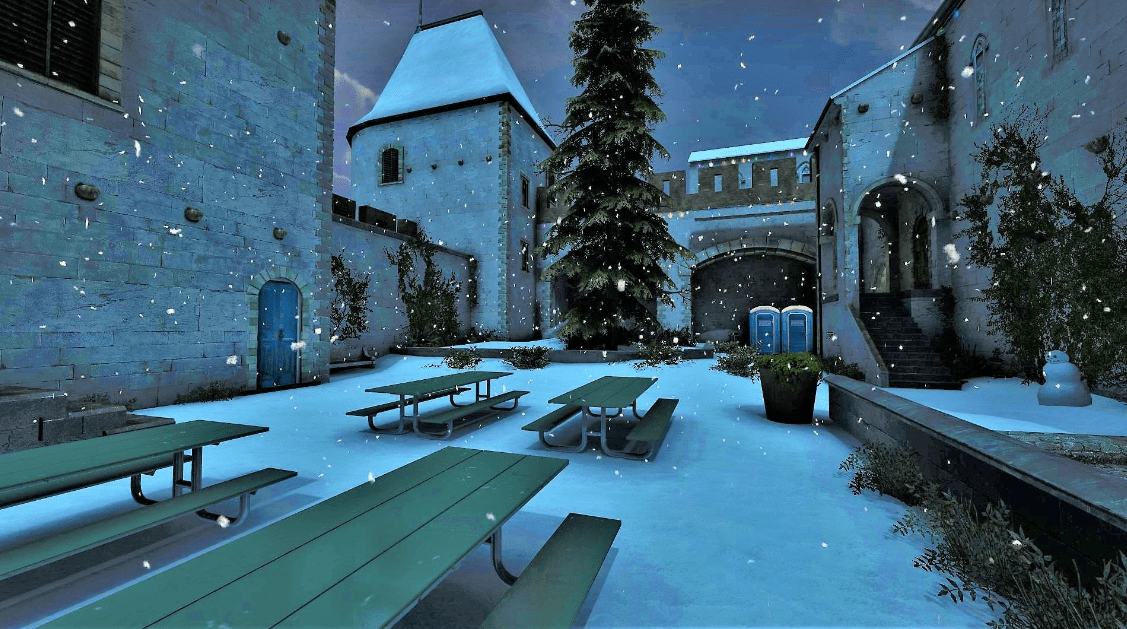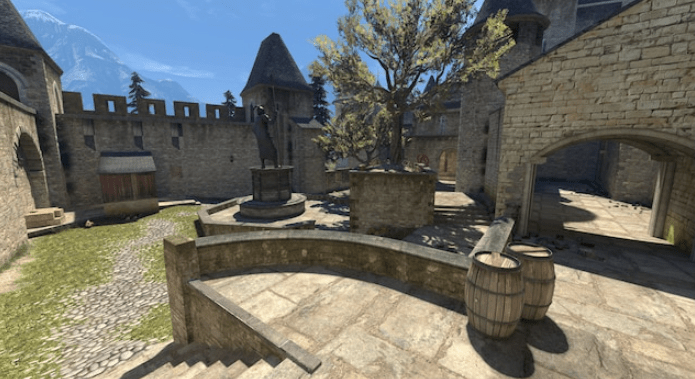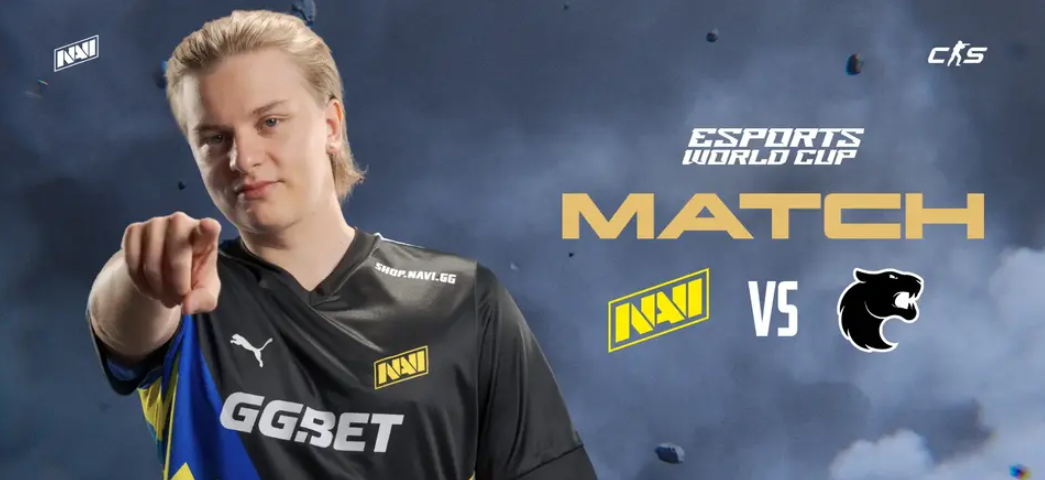You Think You Want Cobblestone to Return to CS2, But You Don’t
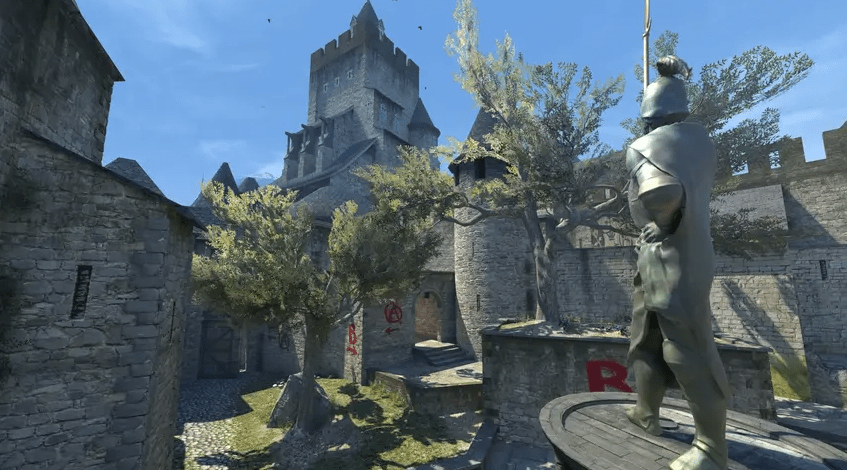
The Counter-Strike 2 community is currently divided over the idea of reintroducing Cobblestone to the competitive map pool. While some players fondly remember their experiences with Cobblestone, others immediately point out its drawbacks in the competitive environment. Advocates argue that Cobblestone brings a sense of nostalgia and adds variety to the map pool, creating new strategic opportunities. However, opponents highlight issues such as imbalanced chokepoints and limited tactical options. With discussions escalating, especially following the conclusion of the first CS2 Major, it becomes increasingly important to carefully assess the potential impact of Cobblestone on the game’s competitive ecosystem. This article seeks to examine both the sentimental appeal of Cobblestone and the practical considerations tied to its inclusion in the active map pool. By weighing the pros and cons, the community can make an informed decision that ensures a balanced and engaging gameplay experience for all players involved.
Table of Contents
The Bias of Nostalgia
Nostalgia possesses a formidable power, capable of casting a spell that often tinges our memories and influences our desires. Within the vibrant community of Counter-Strike 2 (CS2), the topic of reintroducing Cobblestone to the competitive map pool has become a contentious issue. Many players find themselves drawn to Cobblestone, their hearts yearning for the exhilarating captures and strategic gameplay that defined the early epochs of Counter-Strike. It serves as a symbol of cherished moments and unforgettable experiences that have left an indelible mark on their gaming journeys. The allure of nostalgia is undeniable. It has the ability to transport us back to a time when every round on Cobblestone was an adventure, filled with intense firefights, elaborate strategies, and the pulse-pounding thrill of outsmarting opponents. The memories of epic clashes at the bombsites, the tense moments guarding narrow corridors, and the jubilant celebrations after a hard-fought victory are etched deep into the minds of those who yearn for Cobblestone’s return. However, it is vital to recognize that nostalgia can be a double-edged sword. While it allows us to relive the euphoria of past experiences, it can also cloud our judgment and lead to a biased perspective. This bias tends to selectively highlight the positive aspects of Cobblestone while downplaying or overlooking its inherent flaws when it comes to competitive gameplay. Critics of Cobblestone in the competitive scene argue that its layout and design pose significant challenges that can disrupt the balance and fairness of matches. They point to issues such as imbalanced chokepoints, limited strategic options, and a lack of viable routes for effective rotations. These concerns are not without merit, as they reflect the realities faced by professional players and teams who strive for a level playing field and strategic depth in their matches.
The competitive integrity of CS2 is of utmost importance, and any decision regarding map inclusion should be made with careful consideration of the game’s core principles. It is essential to assess the potential impact of Cobblestone’s reintroduction on the competitive ecosystem and evaluate whether it aligns with the vision of CS2 as a balanced and skill-based competitive game. To make an informed judgment, it is crucial to strike a balance between the sentimental allure of Cobblestone and the practical considerations tied to its inclusion in the active map pool. A thorough analysis should examine the map’s strengths and weaknesses, both from a nostalgic perspective and with a keen eye on its compatibility with the competitive environment. This includes assessing player feedback, conducting playtesting, and engaging in open discussions with the CS2 community to gather diverse viewpoints. Ultimately, the decision regarding Cobblestone’s fate lies in the hands of the CS2 developers and the community at large. It is crucial to foster an environment where respectful dialogue and constructive criticism can thrive. By maintaining an open and inclusive discourse, the community can collectively navigate the complex landscape of nostalgia, acknowledging its influence while also recognizing the importance of adapting to the evolving needs and aspirations of the competitive gaming community. Nostalgia holds a potent sway over our emotions and desires, particularly within the realm of gaming. Cobblestone, as a beloved map in the Counter-Strike franchise, evokes powerful sentiments and cherished memories. However, it is essential to approach the topic of its reintroduction to the CS2 competitive map pool with a balanced perspective, recognizing both the nostalgic appeal and the practical considerations tied to competitive gameplay. Only through careful evaluation and inclusive discussions can the community arrive at a decision that upholds the integrity and competitiveness of CS2 while honoring the sentiments of its dedicated player base.
A Comparative Analysis
Compared to the current major CS2 maps, Cobblestone stands in stark contrast in terms of its scale and layout. Maps such as Nuke and Overpass, despite being of similar size, offer a more cohesive blend of combat distances and strategic bomb site dimensions, resulting in a more balanced and dynamic competitive experience. Cobblestone, with its expansive “fields” and elongated corridors, often led to prolonged rotations and a gameplay pace that diverged from the tense tactical encounters that define CS2. The map design accentuated vast open areas, which, while visually impressive, detracted from the intensity of combat and strategic maneuvering. This layout fostered a playstyle that heavily favored attrition, particularly around bombsite B, thereby diminishing the overall strategic diversity of the map. In contrast, Overpass adeptly traverses its dimensions, seamlessly integrating different combat distances and weaving a tapestry of tactical opportunities that Cobblestone struggles to match. When evaluating Cobblestone’s position in the contemporary competitive CS2 arena, it becomes crucial to shed layers of nostalgia and critically assess the map’s placement and design. It is through this process that the community and developers can ensure that the active map pool continues to embody the strategic depth and dynamic gameplay that form the essence of Counter-Strike’s enduring appeal.
In order to address these concerns, it may be necessary to consider potential revisions to Cobblestone. This could involve reimagining certain areas of the map to create a better balance between open spaces and strategic chokepoints. By introducing more engaging and tactical elements, such as cover options and alternate routes, the map could evolve to deliver a more satisfying gameplay experience. Furthermore, seeking feedback from the CS2 community and professional players can provide valuable insights into the specific areas that require improvement. By actively involving the player base in the map development and revision process, developers can ensure that the changes align with the expectations and preferences of the competitive community. Ultimately, the goal should be to create a map that not only retains its unique identity but also offers a competitive environment that encourages strategic diversity, dynamic gameplay, and intense tactical clashes. Through careful evaluation, iteration, and collaboration, Cobblestone can evolve into a map that stands shoulder to shoulder with the best CS2 has to offer, ensuring the game’s continued popularity and relevance in the ever-evolving landscape of esports.
Challenges and Concerns with Cobblestone
The architecture of Cobblestone, reminiscent of medieval battlefields, adds a unique aesthetic appeal to the map. However, when examined through the lens of competitive scrutiny in Counter-Strike 2, it becomes evident that there are several key issues that need to be addressed. The elongated layout of the map, characterized by its wide open spaces and long corridors, fundamentally alters the tempo and strategic dynamics of gameplay. This can often lead to a less engaging and predictable match experience. One of the main challenges with Cobblestone lies in its size and design, which results in increased rotation times and a strong focus on bombsite B for combat. This imbalance not only limits the strategic options available to teams but also creates a sense of predictability, as teams tend to favor B positions due to their inherent advantages. This can lead to repetitive gameplay patterns that fail to fully showcase the tactical depth and variety that Counter-Strike is known for. Another issue is the limited utility usage on Cobblestone compared to other maps. The lack of innovative smokes and flashes restricts the tactical possibilities for teams and can make gameplay feel stale and repetitive. A wider range of utility options would not only enhance the strategic depth of the map but also provide more opportunities for creative and dynamic gameplay.
Furthermore, Cobblestone’s design presents challenges when it comes to reclaiming territories. The size and layout of the map, coupled with features like the drop room, make it difficult for teams to execute successful strategies for recapturing areas. This can lead to rounds being decided by who gains initial control, rather than allowing for dynamic back-and-forth gameplay. Finding ways to encourage more fluid and strategic recaptures would greatly enhance the competitive experience on Cobblestone. To address these issues, it is essential to carefully evaluate and potentially revise Cobblestone’s layout and design. This could involve reconfiguring certain areas to strike a better balance between open spaces and strategic chokepoints. Additionally, introducing new utility options and creating opportunities for dynamic recaptures would inject freshness and excitement into the gameplay. It is also crucial to gather feedback and insights from the Counter-Strike community and professional players. Their input can provide valuable perspectives on the specific areas of improvement needed for Cobblestone. By involving the player base in the development and revision process, developers can ensure that any changes align with the expectations and preferences of the competitive community. Ultimately, the goal should be to transform Cobblestone into a map that not only retains its unique visual identity but also offers a competitive environment that encourages strategic diversity, dynamic gameplay, and intense tactical encounters. By addressing the key problems and iteratively refining the map, Cobblestone can regain its position as a compelling and balanced addition to the Counter-Strike 2 competitive map pool.
Conclusion
The charm of Cobblestone with its rich history and unique setting is undeniable. However, bringing the map back into the competitive CS2 scene requires a careful consideration of its design issues and impact on gameplay dynamics. While the nostalgia for epic battles on Cobblestone remains strong, the evolving landscape of Counter-Strike 2 calls for maps that support a balanced, strategic, and captivating competitive environment.
As the community contemplates the potential reintroduction of Cobblestone, it is important to prioritize elements that contribute to the intense tactical gameplay that Counter-Strike is renowned for. The future of the CS2 map pool lies in utilizing maps that offer a harmonious blend of strategy, balance, and visual appeal, fostering continuous growth and dynamism within the competitive scene.
